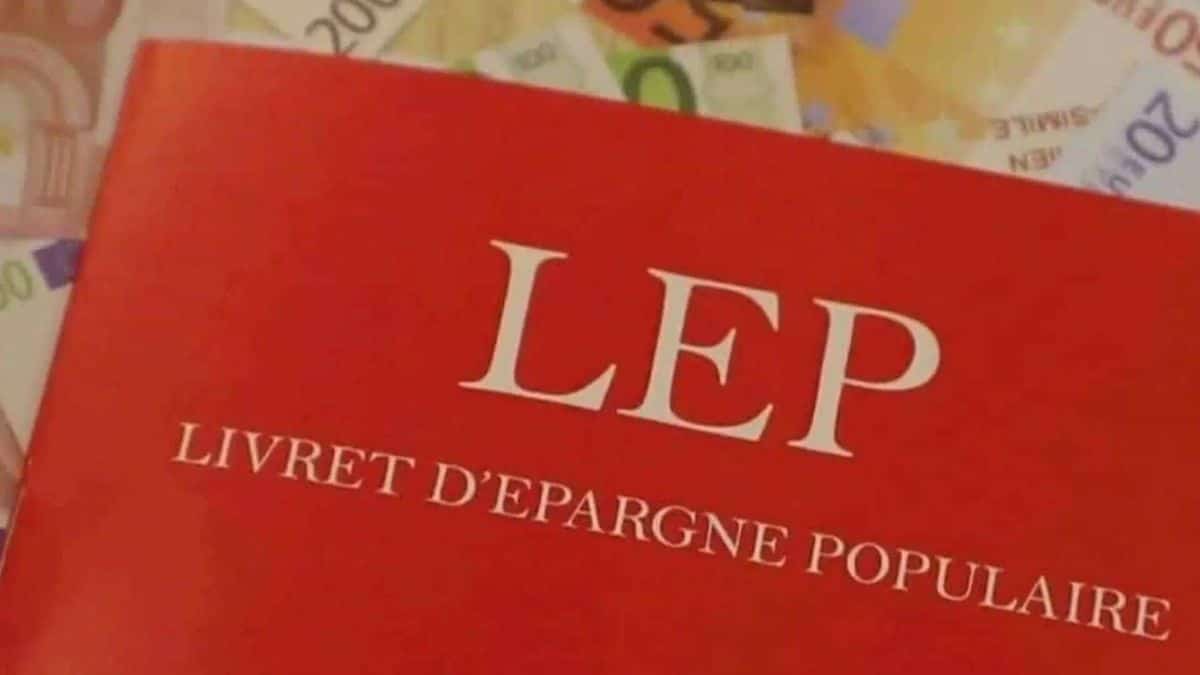Is Inflation Slowing Down?

Decline in Inflation: A Marked Trend
In March, inflation in France rose a step further, to 2.3% year-on-year after reaching 3% in February. The slowdown was mainly attributed to a significant fall in prices in several key sectors. In particular, INSEE points to a significant slowdown in food prices, which rose only 1.7% in March compared to 3.6% the previous month. This bearish trend also concerns other sectors such as services, energy and manufactured goods.. Tobacco prices also saw their growth slow with a 10.7% year-on-year increase in March after an 18.7% increase in February.
This fall in inflation is attributed to several factors. For energy, INSEE notes a slight decrease in prices, especially of gas and petroleum products. On the food side, the decline is undoubtedly the result of more moderate pricing policies as well as changes in production costs. For manufactured products, the general trend over a year remains moderate, despite acceleration over a month due to seasonal increase in clothing prices after winter sales.
Household consumption: between stability and adjustments
Along with the evolution of inflation, French household consumption remained stable in February compared to January. INSEE indicates that this stability results from a balance between a decrease in energy consumption (-2.7%) and an increase in food consumption (+0.8%) as well as manufactured goods (+0.5%)..
This period was also marked by considerable arbitrage by houses. While food consumption continued to rise, indicating the priority of essential expenditure, other expenditure items saw their share decline. Spending on clothing and textiles declined slightly, as did consumption of “other manufactured goods”, particularly DIY goods and perfumes.
Through its observations, INSEE highlights the generalized recession, which extends from food to energy, which directly affects household consumption decisions. This trend, closely followed by investors, may have important implications for the future direction of monetary policy, particularly with regard to interest rates.





